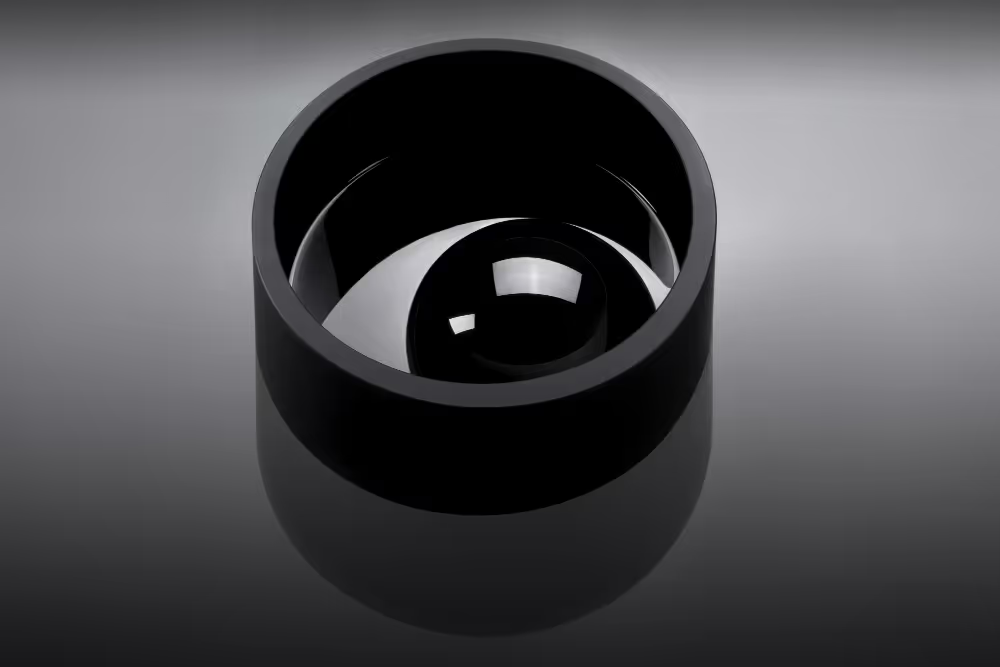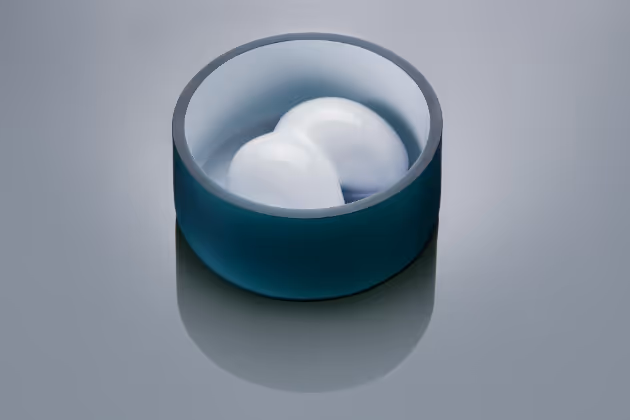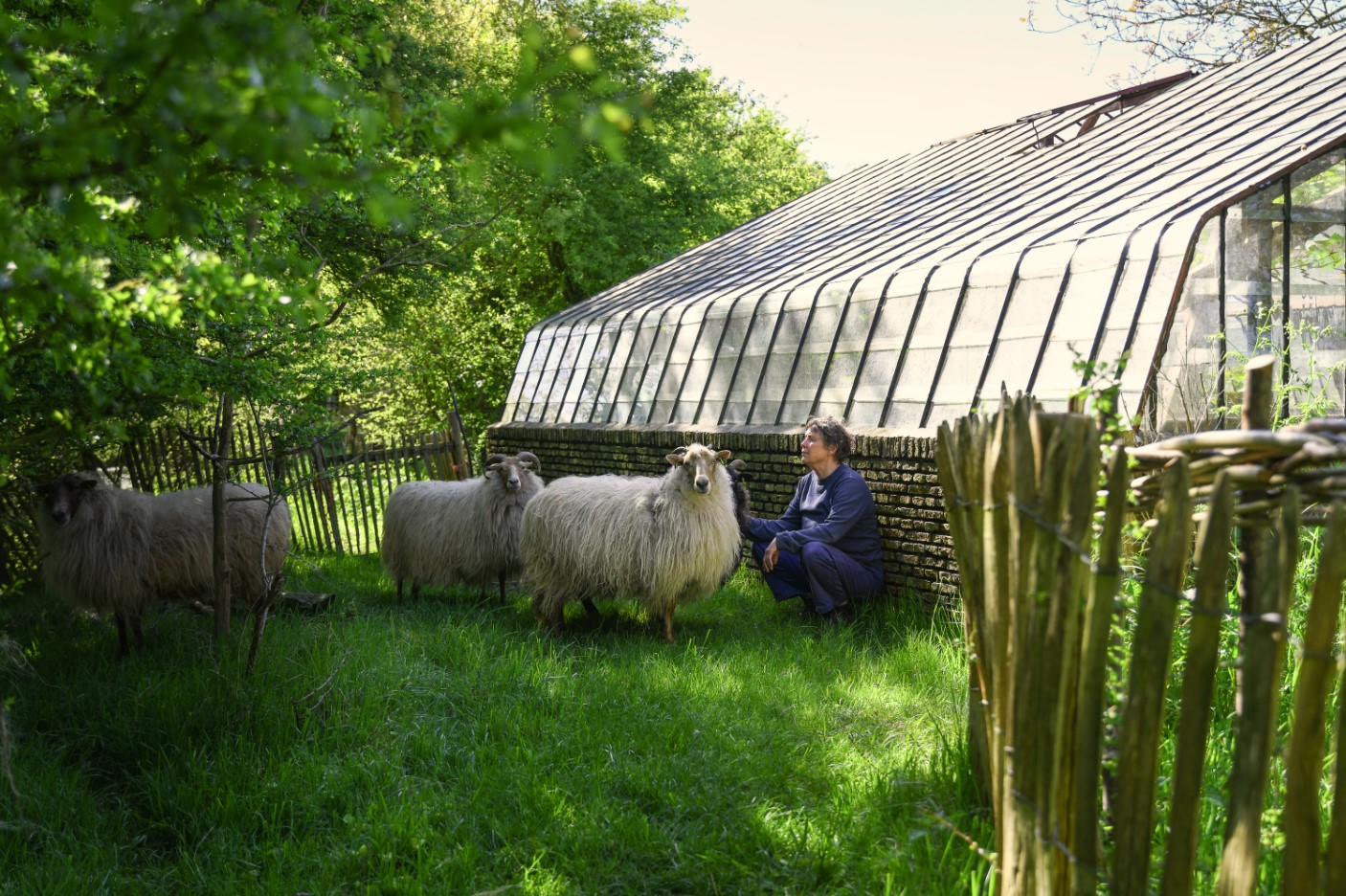► českou verzi rozhovoru najdete zde
Where did you start your journey to the art glass objects, which we can admire at your exhibitions?
I have a standard vocational training, which gave me a chance to produce my designs with my own hands. When I first started working with glass, I realized that glass was not only my passion but also inspiration. After having completed the vocational training, I continued studying. When glass making factories started to close one after another, Olga Hofmannová, former headmaster of the glassmaking school opened a hot shop by the school and hired me as a foreman there. The school environment inspired me, it was a big difference to the factory where I had worked before. My mind was set free and soon I was off to the university.
So you decided to move to Zlin and study at the Department of multimedia communication?
I felt no urge to study glass art further. I was attracted to industrial design and so I joined the industrial design studio. It seems to me that here in the Czech Republic vocational and secondary training in glass art gives you more professional skills than university glass art studies, since universities often lack proper and well equipped hot shops.
Where do you see the key difference between industrial production and a hand crafted object?
If a like the product, I don´t care whether it is handcrafted or mass produced. The process is equally demanding. I usually make prototypes myself. Even though current visualisations are so perfect that it is often hard to tell them from photos of a real product, some imperfections which you would struggle with reveal only when you make a real 3D prototype.

As an industrial designer, do you always prefer to stay in touch with real materials?
Yes, I do. Everybody who wants to be a designer must stay in close contact with materials. I need to know how much gather I will need to make an object of a certain size. It makes a difference, whether I am working on a blown thin-walled vine glass or a heavy vase. I must have proper tools and molten glass ready. For thin object, I need my gather in higher temperature. On the other hand, working on heavy objects with thick walls, I will turn the furnace down and the gather will be cooler for me to get more to work with at once.
What else is typical of working with glass?
In the hot shop, you are never alone. One always needs a helper, somebody, who holds the mold and helps out with larger objects. There is always somebody there to put the product into the lehr. We all depend on one another and mistakes are final. You cannot take a step back. If one of us makes a mistake, the job is over and we can start all over again. Glass is a living mass and can make your life difficult. Sometimes, a seemingly easy job turns into a nightmare and glassmakers or designers swear to rather be graphic designers in their future lives. Sometimes we are lucky – everything is great and our efforts result in something unique – then, it is pure euphoria.
Have you ever spoiled a job?
It happens to me every day. You take a minute longer to think and your gather is no longer hot enough. Or you just miss the right moment or make a wrong movement and it is all gone… But we keep learning. You dream about an object, make drawings, everything is prepared well, everybody is ready and then everything changes right there by the furnace. Sometimes glass will have the last say.
Do your plans fit well with the furnace reality?
More or less so.

You shape your objects with your breath. How does that work?
Breath intensity is the key. When blowing something fine, thin-walled and fragile, you do not need strong breath. On the other hand, heavier objects with structure require warmer mold and more breath to make it all warmer.
Do you think that your objects show the strength of your breath, even though maybe only metaphorically?
I don´t think so. You should not push it too hard. I react to the material and give it what it asks for. Sometimes I start working on an object and then put it aside and come back only the following day to see what next. You either gather some more material or reduce the mass; you either blow harder or work with finer blows.
So you just look inside and continue…
You must approach the opaque glass like that. I know what I want from the object and must wait to see the following day whether it is there or not. Maybe it comes out different from what I intended and still it is very nice.
I see you like bowls… why is that?
Bowls are full of opportunity. The question remains, however, whether you want to design it as an object or as a usable item. It can be either “filled” with a story or it could be a piece of applied art.
Were the bowls you exhibited at the Ta realita exhibition also filled with stories?
My designs displayed there included objects, which tell stories inside them. These stories are seemingly loose and detachable, but it is not true. The story inside is an integral part of the object.




Corn, hand blown glass, height 14 cm, 2014
It sounds almost like Zen.
I draw inspiration from the everyday life – a pot with boiling eggs, a tin and paint spilt around it. Petr Nový, the curator, was right to display my objects under the heading of The reality. I indeed use glass to describe the everyday reality and things which somehow catch my eye.
How do you pick such things?
Sometimes it just happens. When I see or experience something I wish to transform into a glass object, I immediately start thinking about technical solutions and the manufacturing process. It is as if you took a picture – you press the button and the camera´s software will make it into a picture and there you are.
What about other materials but glass?
I like wood, metal and other materials, too, but glass is definitely my number one. Unlike others, I first came in contact with glass as a craftsman, I perceived it as a material I process with my own hands and breath. I did not start as a glass designer.
If I was a Martian, how would you describe glass to me to help me understand it?
Hard to say, I would rather invite you to touch it and see it in the process. That is where you would get to understand it. Glass speaks to you; it has its own will. There is nothing more I would recommend than seeing it right there in the hot shop.
How does an object change after cooling?
Some colours show only when the object has cooled down. When hot, colours look different. The product has a redundant part, a neck, which gets removed after cooling. It opens the object and it can start living its new life. Some objects, especially those full of colour, change when you let the light in. The shape cannot change any more, but light can change a lot.





%20(2)%20kopie.jpg)